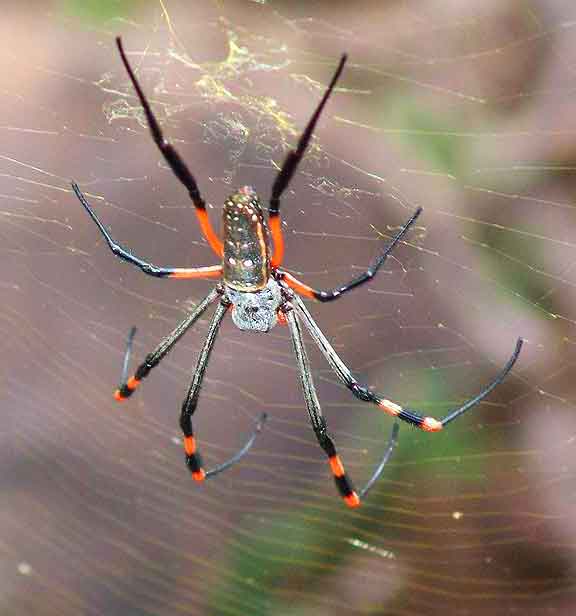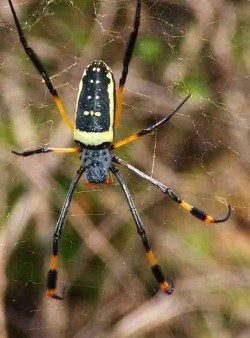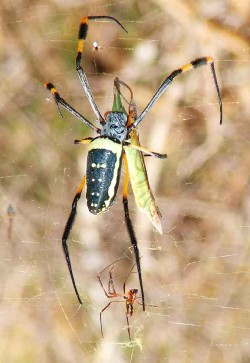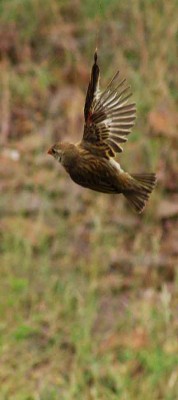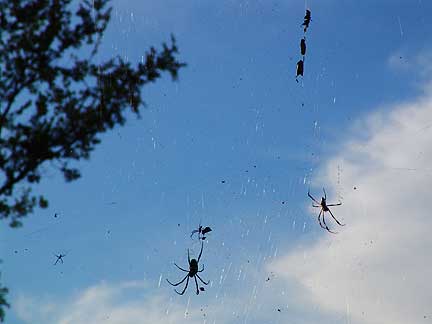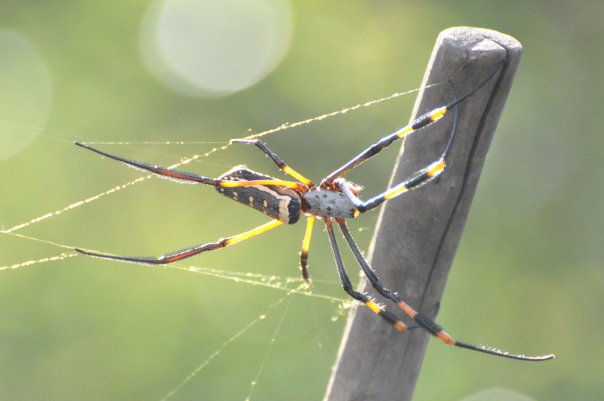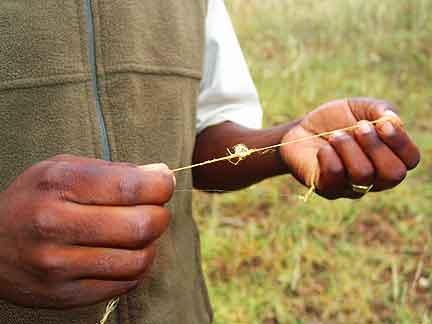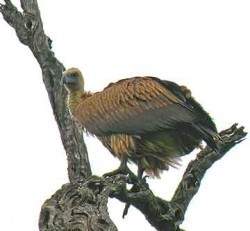
Just back from safari in South Africa—21 of us on a family trip. My sister Shari wrote this report:
We’re driving along a dirt road at Mala Mala and our ranger says…”smell that?” No. was our answer. We kept driving and then saw vultures. He smelled death again. Then we see a hyena. Just one. We follow it off road in the jeep. It doesn’t even care. Eventually it lays down in the tall grass as though it’s saying ok, that’s enough. I’m not going to lead you to MY food. By then the smell is intolerable. Some of us thought it was the fact that we were parked in a grove of rhino shit. But our guide said that’s the least of it. It was definitely carcass.
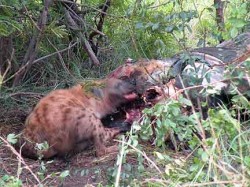
We keep driving in our land rover, just mowing down trees. We stop and shut down the engine. Our ranger says, “hear that.” No. was our answer. He follows the sound and stops again. “Hear that. They’re chewing and ripping.” Yes! we hear it. He keeps on going and eventually finds a small covered cove where three hyenas are chowing down on a buffalo carcass. It’s evening. The light is getting dim. We’re snapping photos, videotaping and even using flash. Then one jumps up and away. And we hear all kinds of hyena growling and howling. Another hyena wanted to join the feast, but there is a ritual, and the newcomer has to ask permission. We stayed quite awhile for a bit more action, more of the pack joining, and a little scuffle, etc. Amazing…and stinky.
Â
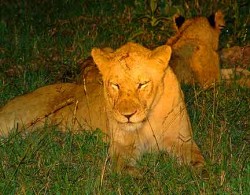
We then drive to an open meadow where a pride of lions are lounging. By now is pitch black. We drive right up to them. We’re in an open jeep. We’re in a wide open meadow. We are among at least two mothers, one father, seven cubs and five teens. It is DARK. We shine spotlights right on them. They lounge, they wrestle. But they weren’t hungry. They never left to hunt, but it was great to see, to be right among them. We were just four yards from some of them.
Â
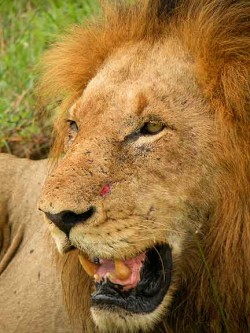
Last night we arrived in Singita, our new place. It was a 15 minute plane ride, and the topography is completely different. We are in a privately run portion of Kruger National Park. This portion is many thousands of acres that are only accessible to the lodge guests (which is only our group of 21 family members.) However, although privately managed, they still have to follow some of the National Park’s rules and we are not as free to just hightail it off road any time we please. They are only allowed off-road to track “the big five.” Kruger National Park is the size of Massachusetts.
Â
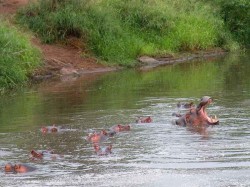
We stopped at the side of the dirt road and took a short walk to the end of some craggy rocks on the edge of a green river filled with hippos. At least 17. We could have watched them do their hippo thing…which is nothing…for hours. I caught one with it’s mouth wide open. I hope it’s not blurry. They’re surprisingly, loudly, vocal (and we hear them all night from our rooms above the river). Later that night, on our way back to the lodge, we saw two hippos out of the water. They look like giant pigs. They’re shy. They ran away fairly quickly. We felt lucky to see them, because they’re in water most of the time.
Â
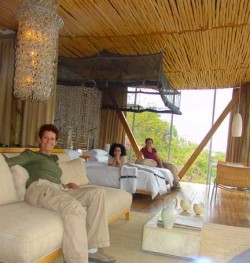
This lodge is amazing. You should look it up! We’re in Singita at Lebombo lodge. The entire place is built on stilts above ground, and can be completely dismantled and taken away in 30 days, leaving only a few patches of bare ground. Not to piss you off, but it’s one of the top in world. We count ourselves lucky—very lucky—to be here.
![]()

